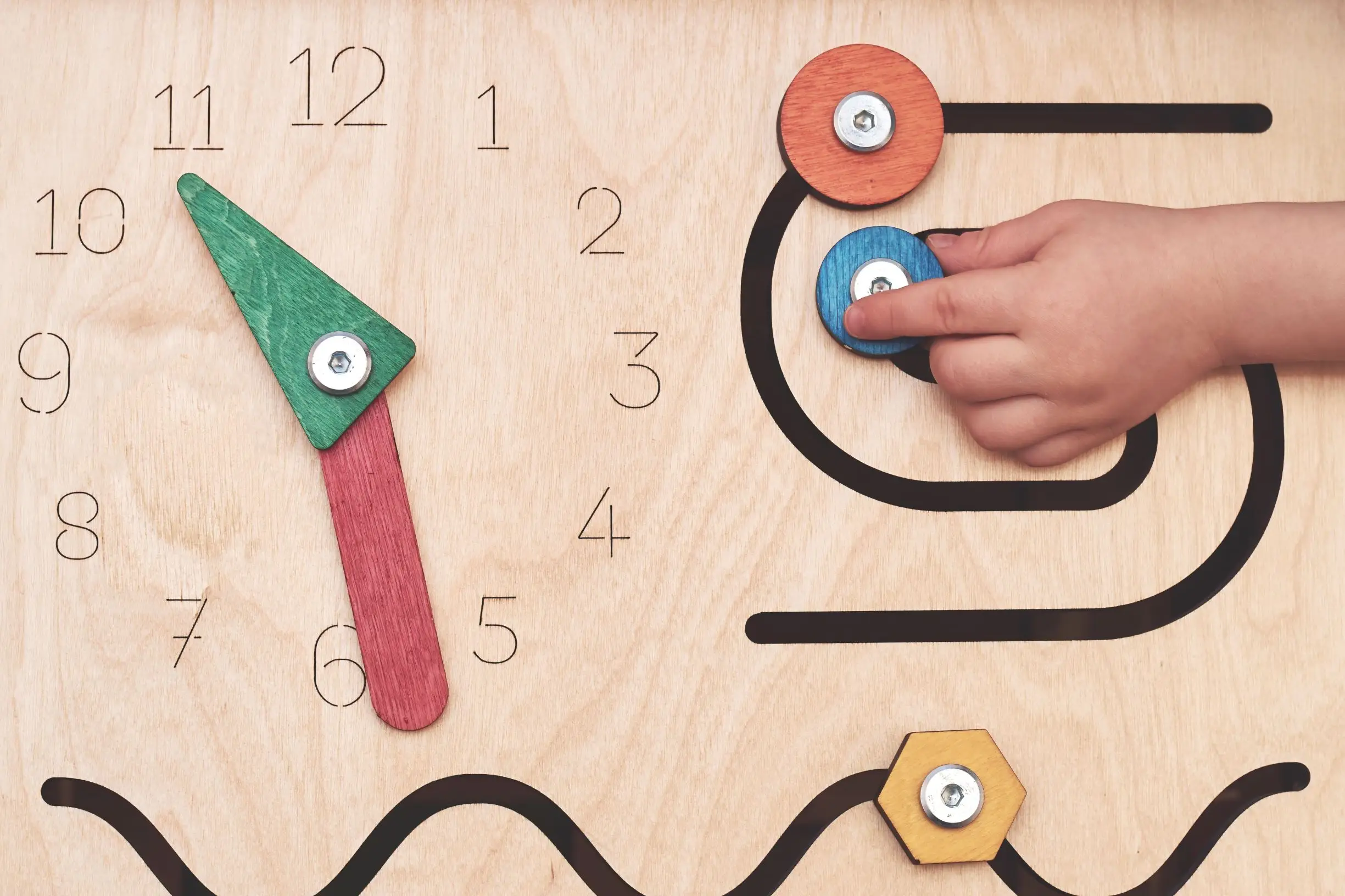Sending your little one to preschool is a significant milestone for parents and children. It marks the start of a new chapter filled with exciting adventures, learning opportunities, and social interactions. However, this transition can also be emotionally challenging for parents and their young ones. This guide offers advice on getting ready for the move from home to preschool. It gives you useful tips to handle feelings and hopes in a practical way. This way we can ensure that you have a smooth and positive start to this exciting journey.
As you bid farewell to your toddlers and embrace the curious footsteps of a preschooler, we will discuss strategies to ease the transition for your child. This will help you build a positive mindset for this exciting new adventure. We will be guiding you to prepare your baby’s heart while encouraging a sense of independence and curiosity. So, let us jump into the world of preschool adventures, where love and patience create a foundation for lifelong learning.
1. Understanding the Importance of a Smooth Transition
a. Why Does a Smooth Transition Matter?

A smooth transition from home to preschool sets the tone for a child’s attitude toward education and learning. It can impact their social and emotional development, as well as their overall academic success. The first step in preparing parents and kids for the change is to acknowledge how important this transition is.
b. Identifying the Challenges
Transitioning to preschool can be overwhelming for both children and parents. Separation anxiety, fear of the unknown, and adapting to a new routine are common challenges faced during this phase. Being aware of these difficulties enables you to overcome them and support your kids while they go through this.
2. Preparing for the Transition
a. Communication and Information
Effective communication between parents, caregivers, and teachers is crucial. Providing parents with detailed information about the preschool’s policies, curriculum, and daily routines keeps them informed and reduces uncertainty. Open communication channels also allow parents to share important information about their child which helps teachers in addressing their individual needs.
b. Familiarization with the Preschool Environment

Helping your child become familiar with the preschool setting before it officially begins can lower their worry.. Visiting the school, meeting teachers, and seeing other children engaged in activities will help create a sense of comfort and belonging for them.
c. Establishing a Routine
In addition, having a regular routine makes transitions easier. Before preschool starts, start having meals and sleep at set times, making a schedule that is like what preschool will have. Doing this helps children get used to the new routine without feeling too stressed.
3. Nurturing Emotional Readiness
a. Acknowledging and Validating Emotions
It is normal for children to experience a range of emotions during this transition, including excitement, anxiety, and even fear. As caregivers, it is important to notice and show that you understand these feelings. This way, kids can feel okay talking about their feelings with you.
b. Building Confidence

Boosting a child’s confidence is essential for a successful transition. Please encourage them to engage in activities that promote independence and problem-solving skills. Simple tasks like dressing themselves or packing their bags will give them a sense of accomplishment and self-assurance.
c. Storytelling and Role-Playing
Children can benefit greatly from the use of storytelling and role-playing to understand and process new situations.. Use books or play with signs and actions to create scenarios related to preschool life. This will encourage children to express their feelings and expectations.
4. Managing Separation Anxiety
a. Gradual Separation Strategies
Slow and steady separation is a useful strategy for kids who are anxious about separation. Initially, parents can stay with their child for short periods, then slowly increase the time apart. This process allows children to build trust in their teachers and become more comfortable with the new environment.
b. Transitional Objects

Some objects like a favorite toy or blanket can provide comfort and familiarity during separation. Allowing children to bring these objects to preschool can be reassuring and will help reduce their anxiety. It will also help them adapt to the new surroundings quickly.
c. Saying Goodbye
When it is time to leave the child at preschool, make sure that the goodbyes are brief and regular. Long farewells can easily increase anxiety, so just reassure them that you will return and leave with a smiling face.
5. Collaboration between Parents and Educators
a. Building a Supportive Partnership
For a kid to successfully transition to preschool, collaboration between parents and teachers is crucial. Regular meetings, emails, or any sort of communication can help with sharing updates and aligning strategies to support the child.
b. Sharing Progress and Concerns

Both parents and teachers should actively share the child’s progress and any concerns that may arise during the transition period. Open conversation allows for timely adjustments and meets the child’s needs.
The transition from home to preschool is a significant milestone that requires careful consideration and preparation. Understanding the importance of a smooth transition, building emotional readiness and managing separation anxiety becomes key here. Proper collaboration between parents and teachers can create a positive experience for young children stepping on this new journey. With the proper support and guidance, children can embrace preschool life with enthusiasm, curiosity, and joy. By providing this, parents and teachers can lay a solid foundation for their future academic and personal growth.

